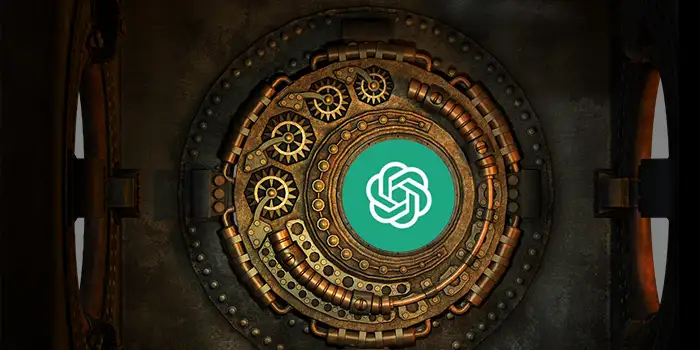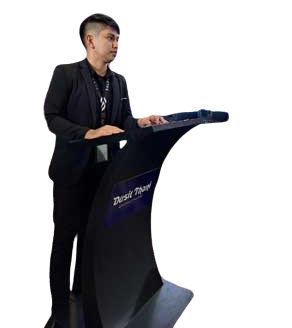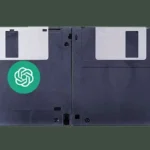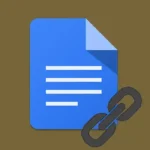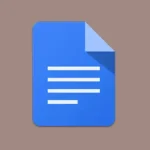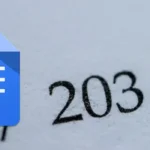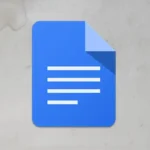In the past, computers used to converse with us in a stiff and rigid response that really lacks any semblance of understanding. But then, there was a group of brilliant minds who developed an advanced artificial intelligence called ChatGPT that could talk like a human.
ChatGPT, a language model developed by OpenAI, was launched on November 30, 2022. It represents a significant milestone in conversational AI. ChatGPT enables interactive and engaging conversations with users, building upon the success of its predecessors like GPT-3. It offers a wide range of applications such as customer support and creative writing.
You will discover ChatGPT’s history in this article. I’ll give you a timetable so you can better grasp it.
OpenAI Emerges in 2015 – A Vision for Artificial General Intelligence
In the year 2015, something extraordinary happened in the land of artificial intelligence. There’s a group of brilliant minds who are driven by a visionary goal to pursuit of Artificial General Intelligence.
The concept of this refers to highly autonomous systems that possess human-like understanding and capabilities across a wide range of tasks.
The people behind this were influential figures such as Elon Musk, Sam Altman, and other prominent names. They have joined forces to create a company called OpenAI.
But this company was not an ordinary AI organization, they have a grand vision. They aim to create an ultimate brainpower that could rival the most cunning wizards.
Their goal was quite obvious right from the beginning. They want to create a machine that could think, learn, and maybe even crack a few jokes like humans.
They sought to create an all-purpose AI system. From solving complex puzzles to composing symphonies and everything in between.
Throughout this period, the company, OpenAI, actively encouraged collaboration and knowledge-sharing within the scientific community. They started to recognize the importance of collective intelligence in tackling the complexities of AGI.
As the years year unfolded, OpenAI’s work laid a foundation for a subsequent breakthrough in the field. Their research and advancements have sparked a wave of innovation. It nurtured a global ecosystem of AI development and exploration.
The company also collaborated with universities, research institutions, and industry partners so that they can further propel the evolution of AGI and its application.
The creation of OpenAI in 2015 not only marked a pivotal moment in AI history. It also symbolized the beginning of an extraordinary quest.
It signifies that they want to push the boundaries of human knowledge and shape the future where intelligent machines coexist harmoniously with humanity.
Building the Foundation of GPT-1 in 2018
As we move on to the year 2018, it became more exciting because there was a groundbreaking adventure that began in the realm of artificial intelligence.
There was a team of brilliant researchers like Alec Radford, Karthik Narasimhan, Tim Salimans, and Ilya Sutskever that embarked on a quest to build the foundation of something extraordinary which is the GPT-1.
GPT-1 or Generative Pre-trained Transformer 1 was a natural language processing model that utilizes a transformer architecture for language generation and understanding tasks.
The key feature of this GPT-1 was to learn from large amounts of unlabeled text data in a self-supervised manner. GPT-1 takes advantage of the vast amounts of freely available text on the internet.
The architecture of GPT-1 was excellent because it is based on the transformer model which has proven to be highly effective in various natural language processing tasks.
Through their tireless efforts, GPT-1 began to take shape because it could write coherent paragraphs, translate between languages, and provide insightful answers to questions. GPT-1 was already a technological marvel during this time even though its performance was limited compared to more advanced models.
This was also the year when Elon Musk left OpenAI’s board of directors due to potential conflicts of interest with his other ventures. As well all know, Elon Musk is involved in various companies such as Tesla, SpaceX, Neuralink, and The Boring Company.
Raising the Bar in 2019 – Introducing GPT-2
In 2019, a powerful language model called GPT-2 was born. It was still developed by the brilliant minds at OpenAI. Every year, they are always dedicated to exploring the frontiers of AI technology.
GPT-2 was the successor to its predecessor which is GPT-1. It brought a significant leap in language generation capabilities. When GPT-2 was introduced, it created quite a buzz because it captured the attention of many people.
The ability of GPT-2 to generate human-like text was truly remarkable because people could provide GPT-2 with a few words or sentences as input, then it would magically complete the text. It created coherent paragraphs that seemed as if they were written by a real human.
The features of GPT-2 during this time were really impressive. It has the ability to translate between different languages which helps people communicate more easily across linguistic barriers.
However, there was an unexpected turn that had happened. The creators at OpenAI have realized that the immense power of GPT-2 could also be misused. They realized that GPT-2 was so good at writing fake news.
So, the company made a difficult decision. They decided not to release the full version of GPT-2 to the public initially. They made this cautious approach to prevent any potential negative consequences.
In late 2019. The company, OpenAI, has announced its collaboration with Microsoft. This partnership has brought forth numerous opportunities for innovation and research.
Microsoft, a tech giant known for its expertise in AI and cloud computing has recognized the immense potential of OpenAI’s research and technology.
The collaboration of these two prominent entities in the field of technology aimed to accelerate the development of AI capabilities. They want to make advanced models of GPT-2 that are more accessible to users.
Pushing the Boundaries in 2020 – The Revolutionary Unveiling of GPT-3
In the groundbreaking year of 2020, the world witnessed a remarkable leap in artificial intelligence due to the introduction of GPT-3 (Generative Pre-trained Transformer 3). This amazing event represented a key turning point in the development of AI.
The boundaries of what machines could accomplish were pushed to new heights. GPT-3 emerged as the crown jewel of OpenAI’s research and development efforts. The company has captured the attention and imagination of both experts and enthusiasts.
GPT-3 made it a reality to provide users with detailed and insightful answers. It can now understand questions and generate responses that were not only accurate but also informative. This made GPT-3 a powerful tool for seeking information and expanding knowledge.
But GPT- didn’t stop there because this AI technology has possessed more astonishing abilities. It can now craft stories, write articles, and even draft emails with remarkable fluency.
The development of GPT-3 has captured a lot of attention from the media, researchers, and other AI businesses. A lot of people tried to access but almost no one got access.
From what other tech experts have observed, they think OpenAI seemed to be particularly worried about its safety. OpenAI wants to limit the potential harm of this AI technology. The notable names in this journey included Sam Altman, who served as OpenAI’s CEO during this time. It is also dedicated to a team of researchers and engineers who worked tirelessly to bring GPT-3 to life.
The Birth of ChatGPT in 2022
On November 30, 2022, a milestone was achieved in the world of Artificial intelligence because it was the birth of ChatGPT. This incredible event has marked a significant leap forward in the realm of conversational AI. It opened exciting possibilities for human-computer interaction.
The launch of ChatGPT was met with great anticipation and excitement because it acquired 1 million users in just 5 days. It took Instagram 2.5 months to reach 1 million downloads, as one example.
People from all walks of life were very curious to experience this AI technology. They wanted to experience its capabilities and engage in conversations with it.
Millions of people have embraced ChatGPT as their assistant. They try to ask questions in various subjects, seek explanations for complex concepts, and even receive guidance on their problems.
The ChatGPT that was released was an updated version of GPT-3. They referred to this one as the GPT-3.5. Their launch was a huge success and a lot of people found the conversations with ChatGPT to be remarkably human-like.
However, the company, OpenAI, has told the public that it may occasionally generate incorrect information. While ChatGPT demonstrated significant advancements in natural language processing, users must still be careful about inaccurate responses.
OpenAI actively encouraged its users to have some feedback so that they can work to enhance this AI tool based on user suggestions and reports. This will allow them to refine ChatGPT’s capabilities.
Overall, people’s reaction to ChatGPT was overwhelmingly positive. They recognized the potential of this AI technology and most of them believed that more AI tools will be launched in the near future.
Final Thoughts
The history of ChatGPT is a testament to the remarkable progress of artificial intelligence. It started from humble beginnings as GPT-1 to the birth of ChatGPT.
Millions of people have witnessed a transformative journey that can reshape the way we interact with AI systems.
I’ve seen that the launch of ChatGPT has sparked a sense of awe and wonder. It captivated a lot of users with its ability to engage in dynamic and natural conversations.
It also opened doors to empower individuals with a wealth of knowledge and insights at their own fingertips.
OpenAI has recognized that they are dedicated to pushing the boundaries of what ChatGPT can achieve. This only means that ChatGPT will have more versions in the future.
As we move forward, we must always remember that ChatGPT and AI technologies are not meant to replace human intelligence, but rather to augment and assist it.

